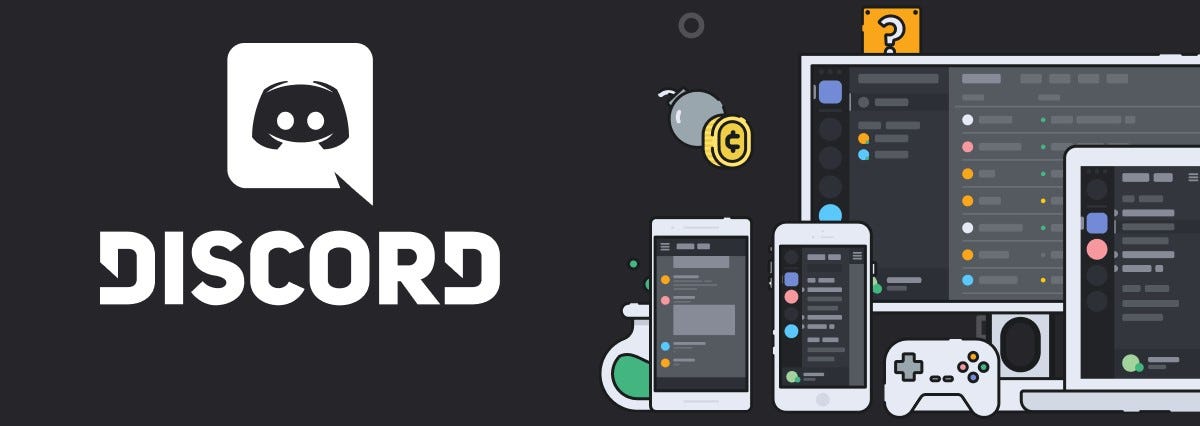Introduction
Hello everyone, my name is Arman Chand, and I am a senior software developer at LTIMindtree. My areas of expertise include Node.js, Java, Python, and AWS. Recently, I had the opportunity to work on a fascinating project where I used MindsDB and Hugging Face libraries to create three Discord bots.
For those of you who are unfamiliar with MindsDB and Hugging Face, MindsDB is an automated machine-learning platform that simplifies the process of building and deploying machine-learning models. On the other hand, Hugging Face is a natural language processing (NLP) library that provides access to pre-trained NLP models, allowing developers to quickly add NLP capabilities to their applications.
By combining the power of MindsDB and Hugging Face, I was able to build three bots that had advanced natural language processing and machine learning capabilities. In this blog post, I will provide an overview of how I used these libraries to build my bots and explain some of the features and capabilities of each one. So, let's dive in!
Inspiration
When I started working on this project, my main inspiration was to explore the potential of machine learning and natural language processing in creating more advanced and intelligent chatbots. I wanted to develop bots that could not only understand and respond to user queries but also learn and adapt over time to become more efficient and accurate.
Additionally, as a developer, I wanted to challenge myself and explore new tools and technologies that could enhance my skill set and help me stay ahead of the curve in the rapidly evolving tech industry. By working with MindsDB and Hugging Face libraries, I was able to learn and experiment with cutting-edge machine learning and NLP techniques that I had not previously used in my work.
Furthermore, I was motivated to build bots that could address real-world problems and provide practical solutions to users. I wanted to create bots that could automate routine tasks, provide personalized recommendations, and offer valuable insights to users. By combining the power of MindsDB and Hugging Face, I was able to build bots that could achieve these goals and deliver a seamless user experience.
MindsDB Overview

MindsDB is an open-source automated machine-learning platform that allows developers to train and deploy machine-learning models with ease. The platform aims to simplify the machine learning process by providing a high-level API that abstracts away the complexity of building and deploying models.
Some of the key features and benefits of MindsDB include:
Easy-to-use API: MindsDB provides a simple and intuitive API that allows developers to train and deploy machine learning models quickly and easily.
Automated machine learning: The platform automates many of the time-consuming and complex tasks associated with building machine learning models, such as model selection, hyperparameter tuning, and feature engineering.
Open-source: MindsDB is an open-source platform that is freely available for anyone to use and contribute to.
Hugging Face Library Overview

Hugging Face is a popular natural language processing (NLP) library that provides access to pre-trained models for a wide range of NLP tasks, such as text classification, sentiment analysis, and question answering.
Some of the key features and benefits of Hugging Face include:
Pre-trained models: Hugging Face provides access to a large collection of pre-trained NLP models, allowing developers to add advanced NLP capabilities to their applications quickly and easily.
Fine-tuning: The library makes it easy to fine-tune pre-trained models on custom datasets, allowing developers to tailor the models to their specific use cases.
Easy-to-use API: The library provides a simple and intuitive API that abstracts away the complexity of NLP tasks, allowing developers to focus on building their applications.
In summary, MindsDB and Hugging Face are powerful libraries that simplify the process of building and deploying machine learning and NLP models. By leveraging the capabilities of these libraries, developers can build advanced and intelligent chatbots with ease.
How you build your Bots

To build my Discord bots, I used a combination of technologies, including Node.js and Express application for the backend, and MindsDB-SDK library for the machine learning part. I also utilized the MindsDB cloud editor for creating and training the Hugging Face models. The overall process involved several key steps, including:
Setting up the development environment: I started by setting up a Node.js and Express application and installing the necessary dependencies, including MindsDB-SDK and Hugging Face libraries.
Model training: I used the MindsDB cloud editor to create and train the Hugging Face models on the collected data. This involved selecting the appropriate model type, specifying the target variable, and training the model on the prepared data.
Integration with Discord: Once the models were trained, I integrated them with the Discord platform using the Discord API. This allowed the bots to listen for user input and respond accordingly.
Testing and refinement: Finally, I tested the bots and made any necessary refinements to improve their performance.
Throughout the development process, I encountered several challenges, including:
Model selection: Selecting the appropriate machine learning models and hyperparameters was a complex task that required experimentation and iteration.
Integration with Discord: Integrating the bots with Discord required a good understanding of the Discord API and the ability to work with webhooks and HTTP requests.
To overcome these challenges, I leveraged online resources, documentation, and community forums to get help and advice. I also took an iterative approach to development, testing and refining the bots at each stage of the process until they met my expectations. The use of the MindsDB cloud editor and Hugging Face library made the process more streamlined and efficient.
Discord Bot Features
I created three Discord bots, each with its unique set of features. Here's a brief overview of each bot's capabilities:
Spam detection bot: This bot uses machine learning to detect and flag spam messages in real-time. The bot analyzes the content of incoming messages and looks for patterns that are indicative of spam, such as excessive use of capital letters, repeated characters, or suspicious links. When a message is flagged as spam, the bot informs user about spam message. This bot can help to keep Discord communities clean and free from unwanted spam.

Language translation bot: This bot uses natural language processing (NLP) to translate messages between different languages. When a user sends a message in a foreign language, the bot automatically detects the language and translates it into the user's preferred language. The bot supports a wide range of languages, making it useful for Discord communities with users from different parts of the world. Users can also manually trigger the translation by using a specific command.

Sentiment analysis bot: This bot uses NLP to analyze the sentiment of incoming messages and provides a score that indicates the overall mood of the message. The bot can detect whether a message is positive, negative, or neutral, and can even identify specific emotions such as joy, sadness, anger, or fear. This bot can be useful for Discord communities that want to monitor the sentiment of their members or track the mood of ongoing discussions.

Each of these bots is powered by machine learning algorithms that were trained using the MindsDB-SDK and Hugging Face libraries. The spam detection bot uses a classification algorithm to distinguish between spam and legitimate messages, while the language translation and sentiment analysis bots use NLP techniques to understand the meaning and context of messages in different languages. These bots provide unique and interesting capabilities that can enhance the user experience in Discord communities.
Deployment

I have deployed my Discord bot using Railway.app. To deploy an application using railway.app and GitHub, you will need to first create a new project in railway.app and connect it to your GitHub repository. This will allow you to automatically deploy updates to your application whenever you push changes to your GitHub repository.
Once you have connected your repository, you can set up environment variables for your application and install any necessary dependencies. You can then build and deploy your application on railway.app.
Additionally, you may need to configure settings such as SSL certificates or domain names for your application, depending on your specific requirements.
Overall, using railway.app with GitHub provides a convenient and streamlined way to deploy and manage your application, allowing you to focus on developing your code rather than worrying about deployment and hosting.
Conclusion
In conclusion, building these three Discord bots using MindsDB and Hugging Face libraries was an exciting and rewarding experience. Through this project, I learned a lot about machine learning and natural language processing and gained practical experience in implementing these techniques in real-world applications.
One of the biggest challenges I encountered was in preparing and cleaning the datasets for training the machine learning models. However, with the help of the MindsDB cloud editor and Hugging Face libraries, this process was made more manageable, and I was able to create robust and accurate models.
My advice to others who are interested in building bots with MindsDB and Hugging Face is to start with small, manageable projects and gradually build up your skills and expertise. It's essential to have a solid understanding of machine learning concepts and techniques before diving into more complex projects.
Additionally, there are many helpful resources and communities available online that can provide guidance and support as you learn and build. Finally, don't be afraid to experiment and try new things - building bots is a fun and rewarding way to learn and apply machine learning and NLP techniques in real-world scenarios.
Links to Your Articles
Links to the three individual articles that provide a detailed overview of each bot's features and functionality:
References
Github Links
I hope you find these articles informative and helpful in understanding the capabilities of these Discord bots.
MindsDB has recently organized a Hackathon in collaboration with Hashnode. You can check all the details by clicking on the banner below.


